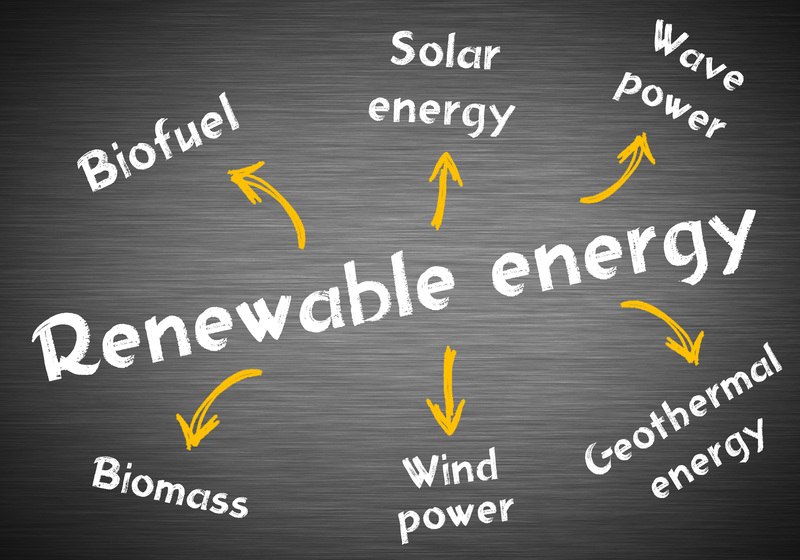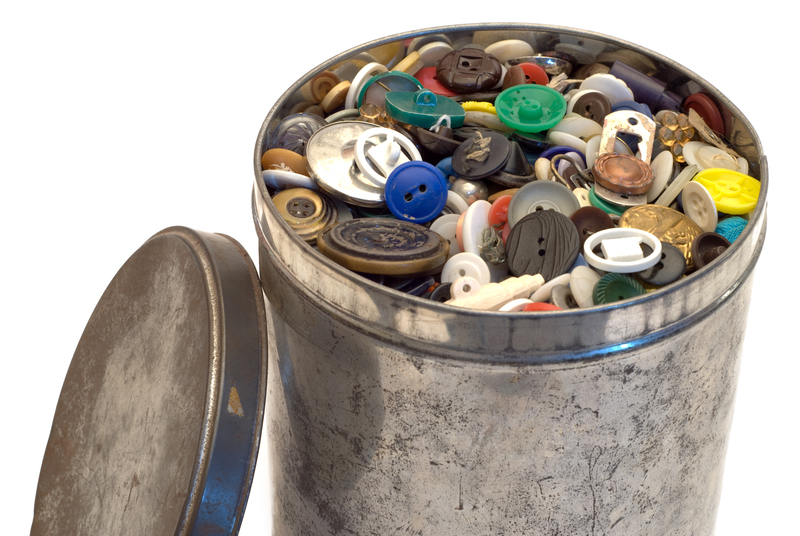Reduce Bulky Waste Costs with These Smart Strategies
Are you overwhelmed by high expenses from bulky waste removal? Discover the most effective ways to cut down on your bulky waste costs while managing your waste efficiently and sustainably.
Understanding Bulky Waste and Why It Matters
Bulky waste, often referred to as large item waste, includes items that are too big to fit in standard waste bins. This category typically covers furniture, appliances, mattresses, and other household or commercial items. Managing these materials can be costly and overwhelming, particularly for property managers, businesses, or even homeowners who are undertaking a major cleanout or renovation.
The rising costs of landfill space, strict waste disposal regulations, and environmental concerns make it essential to find cost-effective bulky waste management strategies. This article unpacks smart ways to reduce bulky waste costs for businesses, organizations, and homeowners.

Why Bulky Waste Disposal Costs Are Rising
Before addressing the solutions, it's critical to understand the reasons behind the burgeoning bulky waste disposal costs:
- Landfill Fees: Landfill charges are increasing globally as landfill space becomes more precious.
- Transportation Expenses: Bulky items often require specialised vehicles, which can significantly drive up removal costs.
- Handling and Labour: Lifting, sorting, and disposing of large items takes more time and resources compared to regular waste.
- Regulations: Many regions have strict rules for large item disposal, which may include extra taxes or compliance fees.
By understanding these underlying factors, you can better appreciate the value of adopting smart bulky waste strategies to keep expenses in check.
Smart Strategies to Reduce Bulky Waste Costs
1. Implement a Thorough Waste Audit
The first step to reducing your bulky waste expenses is identifying exactly what you throw away and how frequently. Conducting a waste audit will highlight patterns, identify opportunities to reduce, and reveal sources of your highest costs. A thorough audit should cover:
- *Types of large items discarded*
- *Frequency of disposal*
- *Current waste vendors and their fees*
- *Staff and resources allocated to waste management*
The insights gained can help you make targeted changes, saving thousands in unnecessary removal costs each year.
2. Emphasise Reduction and Reuse
Reducing the volume of bulky waste generated is the most direct way to cut costs. Some of the best techniques include:
- Procurement Choices: Opt for durable, repairable, or modular furniture and equipment. Select items with a longer lifespan to minimise frequent large item replacement.
- Reuse and Repurpose: Before discarding, ask if an item can be reused in-house, donated, or upcycled. Repurposing furniture or equipment internally can defer the need for costly disposals.
- Donation: Partner with local charities or non-profit organisations. Many will collect large items for free, directly reducing your removal expenses while benefiting the community.
3. Consider Bulky Waste Collection Alternatives
Relying solely on municipal bulky waste collection is rarely the most affordable solution. Instead, look into these alternatives for large item removal:
- Private Waste Haulers: Compare multiple providers to find the best price and service for large waste disposal.
- Skip Bin Hire: Renting a skip is often cost-effective for larger clear-outs, allowing you to manage waste over several days.
- Community Bulky Waste Events: Join forces with neighbours or nearby businesses to organise bulk collection days, splitting the cost of removal services.
- Retailer Take-back Schemes: Many appliance and furniture retailers offer old item removal for free or at a reduced cost with a new purchase.
4. Dismantle Items Before Disposal
Breaking down furniture, equipment, or appliances into smaller parts can save on transportation and landfill fees. Dismantled items are easier to stack, store, and process--reducing labour and handling costs. Aim to separate recyclable components (metal, wood, glass) to maximise recycling rates and avoid landfill charges.
5. Maximise Recycling and Material Recovery
Recycling bulky waste presents a dual benefit: it reduces landfill volumes and minimises disposal fees. Many bulky items like mattresses, metal appliances, and wooden furniture can be recycled or sent to material recovery facilities (MRFs). Here's how to get started:
- Check Local Programs: Many councils have dedicated recycling services or drop-off points for large items.
- Specialist Contractors: Hire companies that specialise in recycling appliances and furniture--their costs are often lower than landfill alternatives.
- Bulk Drop-off Days: Schedule regular staff trips to recycling centres to drop off large recyclable items, avoiding costly on-demand collections.
6. Train Staff and Tenants in Bulky Waste Management
Whether you're a business manager or landlord, educating staff and tenants about bulky waste procedures saves time, improves recycling rates, and reduces unnecessary removal costs. Effective education can cover:
- *How to segregate large waste items*
- *When and where to place items for collection*
- *Approved methods for item dismantling*
- *Local recycling options*
Post clear signage and circulate regular reminders to keep everyone informed.
7. Schedule Collections Strategically
Avoid expensive last-minute collections by planning removals in advance. Many providers offer discounted rates for scheduled or less frequent pick-ups. Consider combining multiple bulky items for a single removal trip, or aligning collections with other property maintenance activities.
8. Negotiate Better Rates with Suppliers
If you work with a commercial waste management company, leverage your bulky waste audit findings to negotiate better terms. Request bundled deals or volume discounts; some suppliers may even offer rebates for high-recyclable-content items.
9. Stay Compliant While Saving Money
Cutting corners with illegal dumping or ignoring disposal regulations can result in hefty fines--worsening overall costs. Always use licensed contractors and obtain appropriate permits. Staying compliant not only prevents fines but also protects your brand's reputation in the long run.
Additional Cost-Saving Tips for Specific Sectors
Offices and Commercial Buildings
- Lease Return Audits: If vacating a premises, plan for furniture removal well in advance to avoid premium rush fees.
- Asset Tracking: Maintain a log of office equipment to improve reuse, resale, and donation opportunities.
Multi-Family Residential Properties
- Enforce Lease Agreements: Include clauses for tenant responsibility regarding bulky items.
- Central Collection Points: Establish designated areas for large waste to prevent illegal dumping and reduce clean-up costs.
Hospitality (Hotels, B&Bs, Resorts)
- Bulk Buyouts: When renovating, partner with local liquidators or charities for mass removals of furniture at no cost.
Case Study: Saving with Smarter Bulky Waste Disposal
Let's look at a real-world example: "GreenLeaf Apartments", a 200-unit residential complex, faced annual bulky waste costs of $12,000. After conducting a waste audit, management implemented donation partnerships, scheduled quarterly collections, and created tenant education programs. The following year, their costs dropped by 45%, amounting to more than $5,000 in savings.
This example highlights the direct impact that proactive, informed bulky waste management can make--regardless of your property size or business model.
Leveraging Technology to Lower Bulky Waste Costs
New technologies offer cost-effective solutions for better bulky waste management:
- Mobile Apps: Schedule pick-ups, request quotes, and track bulky waste collections online for competitive pricing.
- Asset Management Software: Monitor furniture and equipment to optimise asset lifespan and plan timely donations or sales.
- Online Marketplaces: Use platforms like Freecycle or Facebook Marketplace to give items away or sell them, minimizing disposal requirements.
Environmental and Social Benefits of Reducing Bulky Waste Costs
Reducing bulky waste doesn't just save money. It has wider benefits:
- Lower Landfill Impact: Less bulky waste in landfills prolongs their life and reduces environmental footprint.
- Community Engagement: Donation and reuse programs support local charities and families in need.
- Compliance and Reputation: Sustainable waste practices boost your organisation's environmental credentials.
Creating a Sustainable Bulky Waste Plan
A sustainable, cost-effective bulky waste plan should include the following steps:
- Audit current waste streams
- Set clear reduction and diversion goals
- Partner with reliable, sustainable vendors
- Provide education and resources for stakeholders
- Monitor, review, and adjust strategies regularly
Document your approach in a Bulky Waste Management Policy and share it with all relevant staff, tenants, or customers.

Frequently Asked Questions about Bulky Waste Costs
What qualifies as bulky waste?
Bulky waste, or large item refuse, generally consists of items too large for regular waste collection--such as sofas, beds, large appliances, and renovation debris. Check your local council's guidelines for a full list.
How much does bulky waste removal typically cost?
Costs vary by location and type of waste but average rates range from $50 to $150 per item, or $300-$800 for full truckloads. Private removals and landfill fees can push costs higher without effective management.
Are there free options for bulky item disposal?
Many cities offer free or subsidised bulky waste collection days, while charities may collect reusable items at no cost. Always explore local programs before paying out of pocket.
Conclusion: Take Charge of Your Bulky Waste Expenses
Reducing bulky waste costs doesn't have to be difficult or time-consuming. By embracing audits, rethinking purchases, recycling, educating stakeholders, and leveraging partnerships, you can save money and promote environmental responsibility. Start by implementing even a few of the strategies outlined above, and watch your removal bills shrink--while helping your community and the planet.
Take control of your bulky waste expenses today with these smart, sustainable strategies and make waste management work for your bottom line!